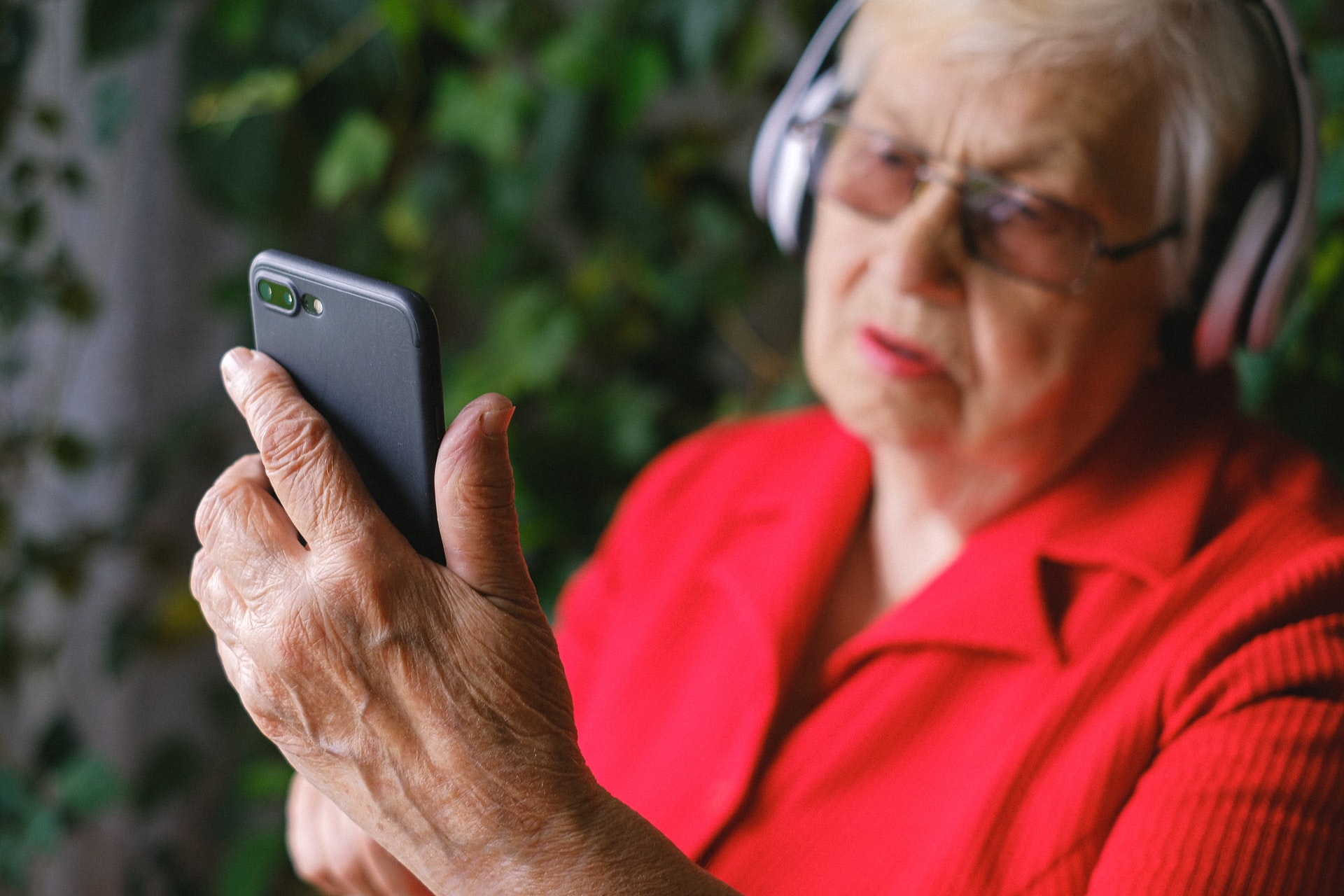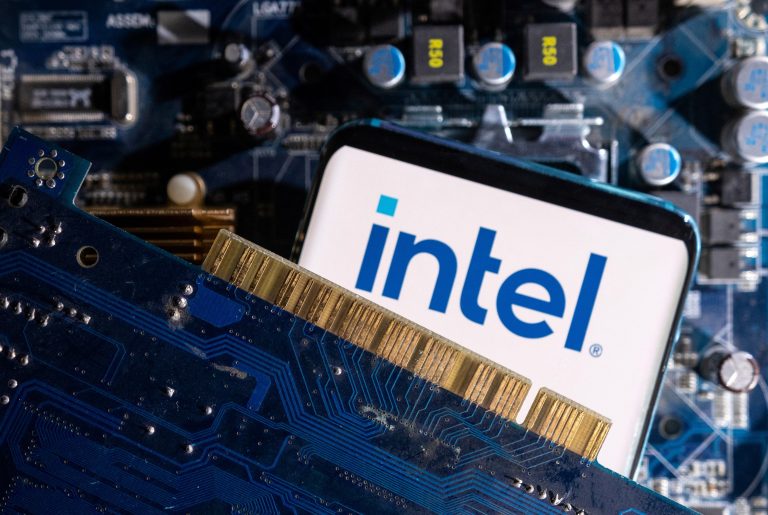Clothing has served many a purpose throughout the ages: protection from the elements, mark of one’s status, fashion statement, comfort, and attracting a mate, to name a few. With our ever-increasing dependence on technology, it may come as no surprise that research is underway for transforming our daily wearables into personal bodyguards, or at least body monitors. If you like your smartphone, you’re sure to love ‘smart clothes.’
A collection of well-known tech and clothing companies like Samsung, Google, Levi’s and more are experimenting with smart clothing. There are also a number of smaller niche companies that are also in the market for developing this high-tech design.
Medical monitoring
Recently, there have been a rising number of startups who have taken clothing to the next level, implementing the ability to perform medical checkups into our normal, everyday clothes.
Hexoskin was one of the first companies to specialize in making smart clothes for the purpose of monitoring human health, but their developments proved too premature, so they resulted in sports, defense and aerospace industries.
Nanowear, an artificial intelligence (AI)-based remote diagnostics platform centered in New York, has come up with a sash called SimpleSense, which is used by clinics and physicians to monitor post-surgery recovery and recommend it to patients suffering from chronic heart failure.
Success
You are now signed up for our newsletter
Success
Check your email to complete sign up
The SimpleSense sash is made up of billions of tiny nanosensors, which can ‘listen’ to the heart and record data for medical signs like heart rate and blood pressure. The data is recorded and transmitted via smartphone to any medical consultant who can access it online.

According to Nanowear chief executive Venk Varadan, SimpleSense aims to provide an easier way for doctors to “offer more accurate and comprehensive diagnoses.” Algorithms are in the works to better prepare for more health risks like heart failure or lung disease.
Elsewhere, Boston-based startup Bloomertech has developed a bra that could help detect potential signs of cardiac arrest in women. Much like SimpleSense, the bra is equipped with textile sensors that monitor the heartbeat and other signals of its wearer, before transmitting the data to an online app.
Bloomertech plans to release their new product next year, says CEO Alicia Chong Rodriguez.
Preventing epilepsy
Based in Paris, BioSerenity has developed a set of clothing called Neuronaute, equipped with an electroencephalogram (EEG) system used to detect signs of problems in the nervous system, including epilepsy.
Neuronaute includes a cap with conductive surfaces and a shirt with electrodes – both record neurological and physiological activity before sending the data to a clinician to tend to brain anomalies that could lead to epilepsy.
“We estimate that we can shorten the amount of time it takes to reach a diagnosis by several months, if not years,” said BioSerenity CEO Pierre Frounin, who hopes to develop new algorithms to find “rare neurological conditions.”
“It’s the future of EEG,” he added.
Child activity
Maiju, a jumpsuit developed by researchers at the University of Helsinki, has a sensor in each sleeve to monitor acceleration and gyration movements of children, in the hopes of identifying certain disorders. The data is then sent to a smartphone app to determine a child’s body posture and movement patterns, grading them based on their proficiency in their movements.
“This high temporal resolution is essential because infants change their activity every few seconds.” said professor and lead researcher on the project, Sampsa Vanhatalo, at Helsinki University Hospital. He suggests that with this technology, the jumpsuit could adapt responses to children’s disorders in record time.
Luminescent displays
At Fudan University in Shanghai, a textile made from a luminescent fabric with conductive fibers and cotton yard is said to generate “dynamic images” by creating electroluminescent units that are controlled with signals sent to a smartphone.
With such a feat of displaying power, people with speech disabilities could type words on their own shirts or wear headsets that could identify what their state of mind is. Sensors on the textile could also monitor heart rate or blood pressure.
Pest prevention
In response to the dreaded mosquito threat, researchers at North Carolina State University have spent millions in grants to create mosquito-proof clothing.
According to entomologist Michael Roe, with elastic garments and a varying degree of thickness depending on the “morphology” of a mosquito, the clothing uses a “mathematical model and a computer design program” to prevent mosquitoes from penetrating through it.
Proven successful in tests, the mosquito-proof clothing could be useful for soldiers, athletes, farmers and hunters – all of whom are very likely to attract or stumble upon the bloodthirsty insects.
Because smart clothes are costly for both the developer and consumer, it will be some time before they revolutionize the way we dress and monitor our health. In the meantime, we will have to rely on traditional human instincts and our own brain power to watch our health and monitor the risks that threaten it. We have lived through health crises time and again wearing nothing more notable than your average fabric; the question may be whether we will survive this age of technology.
















